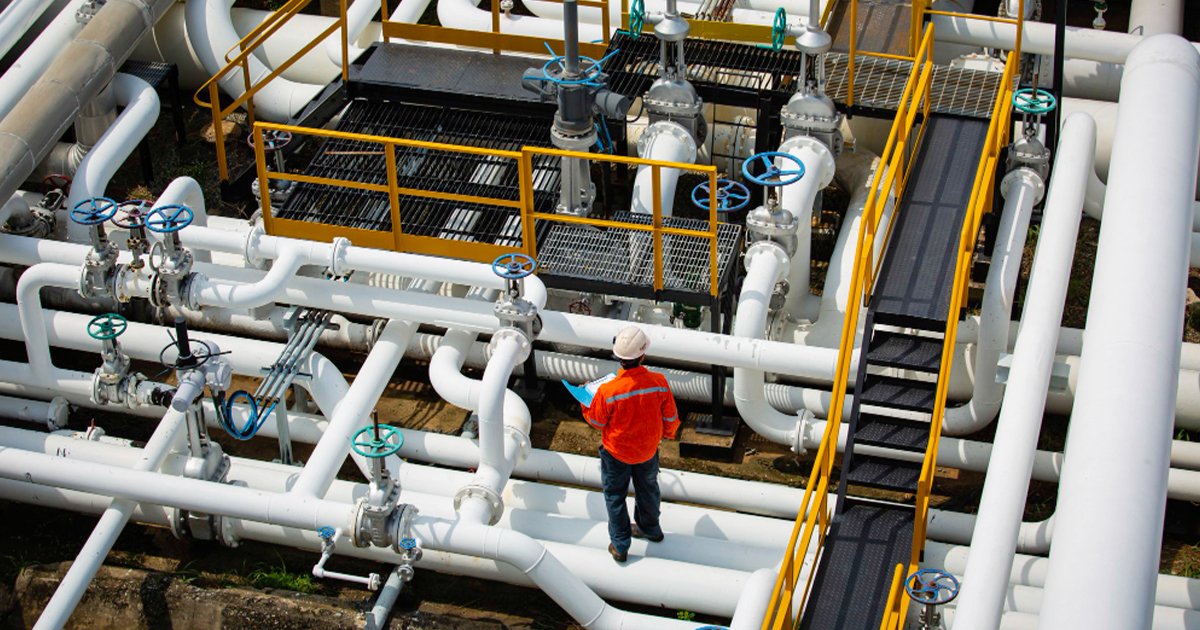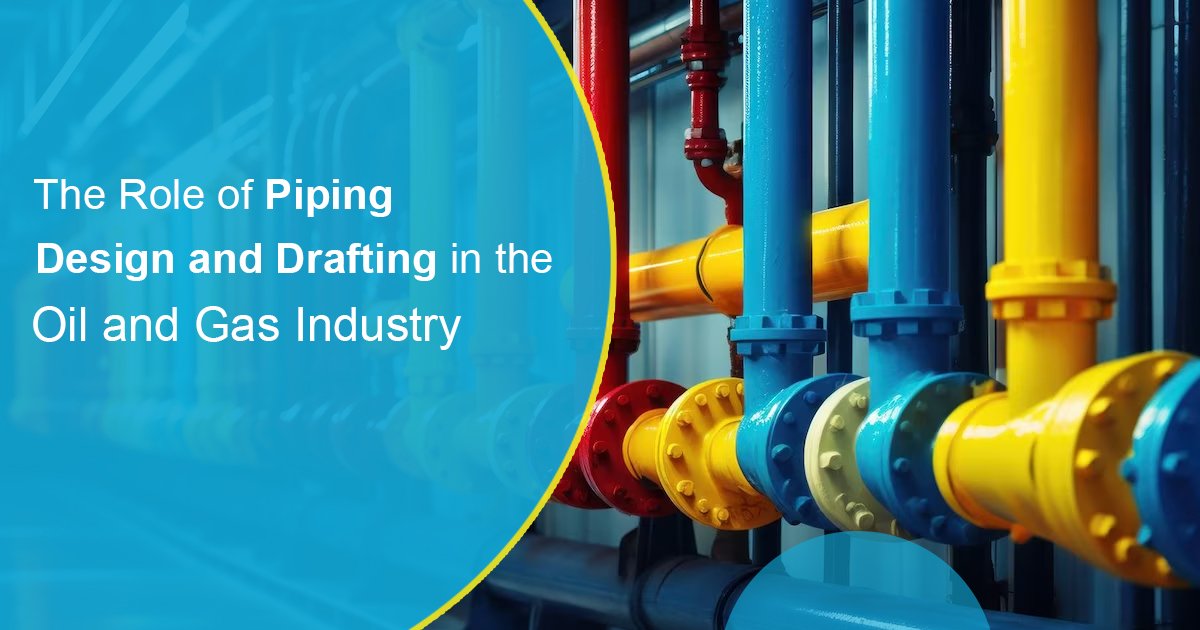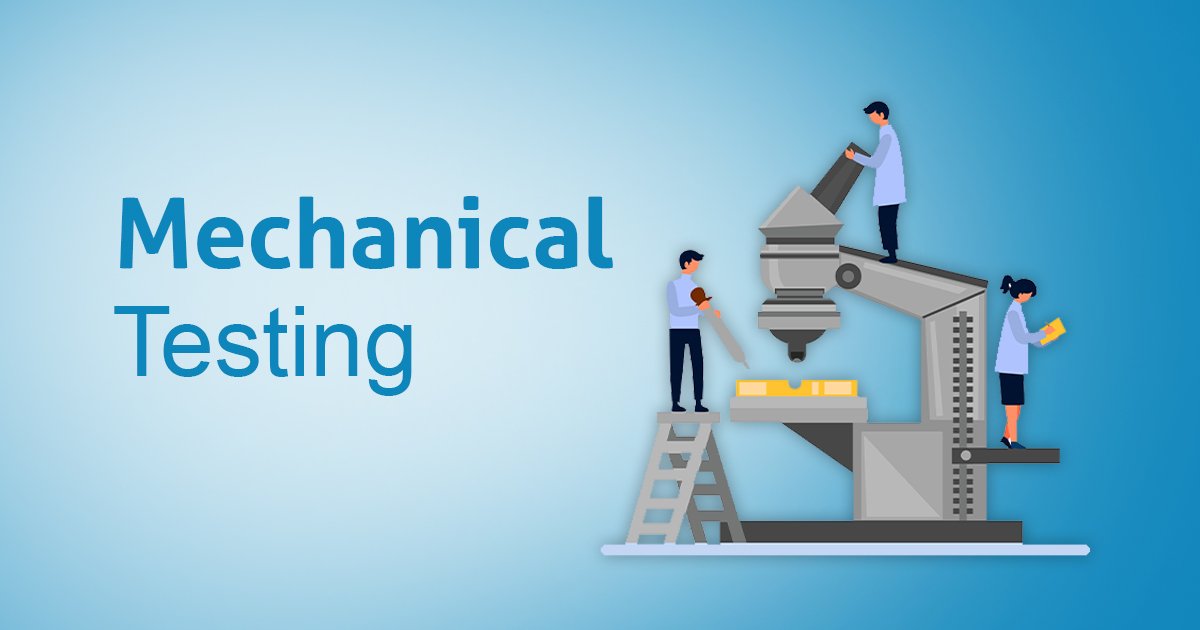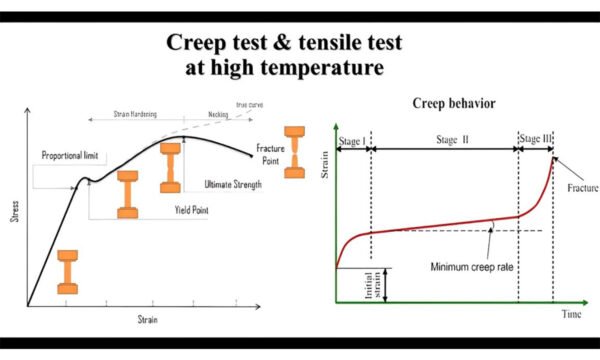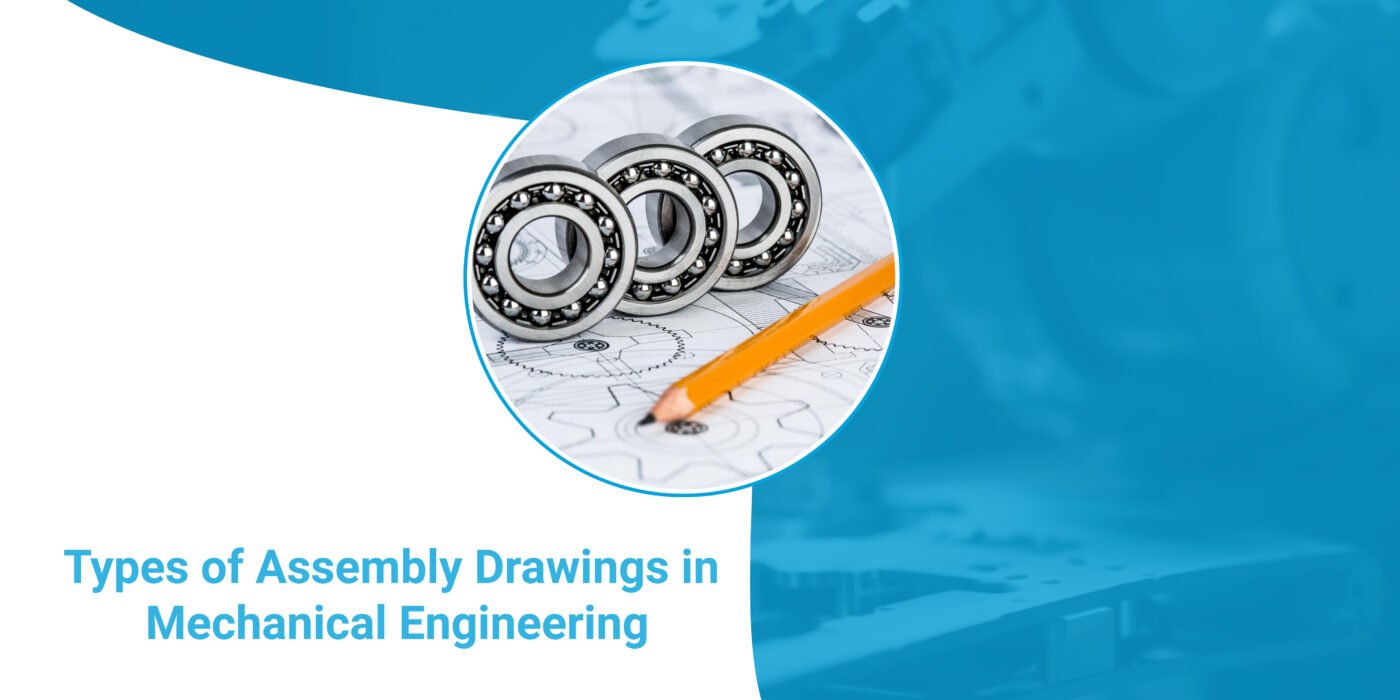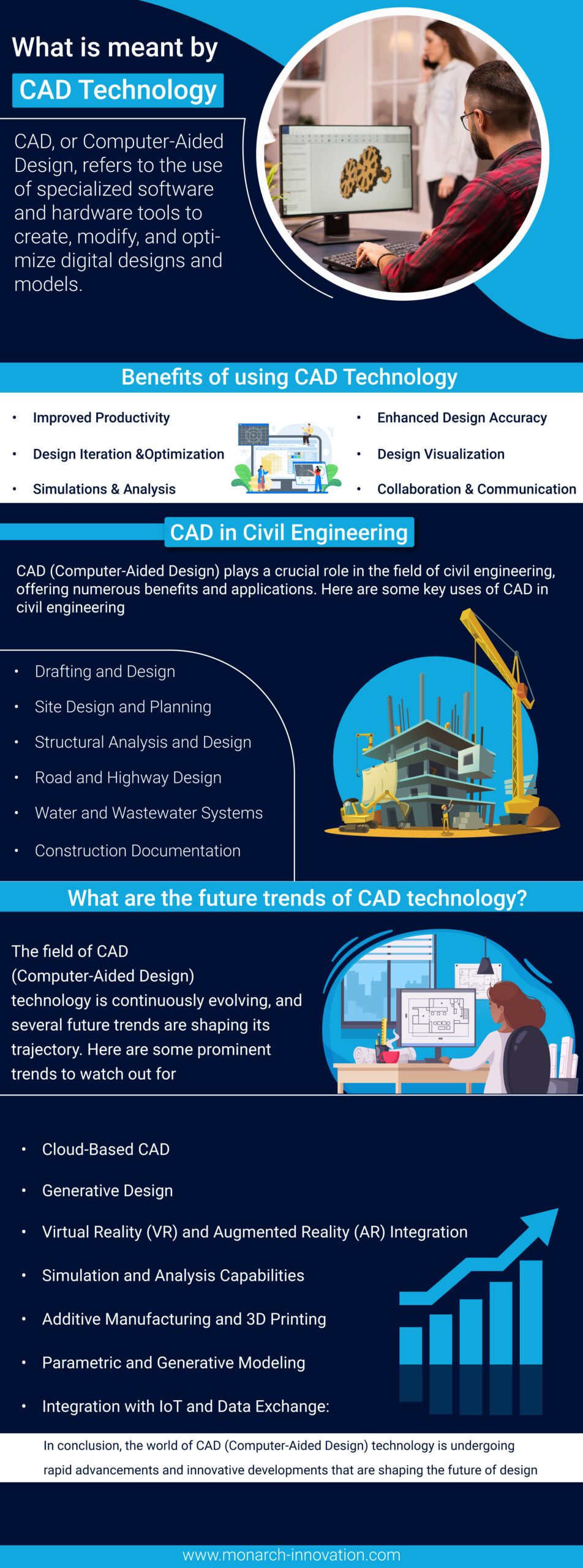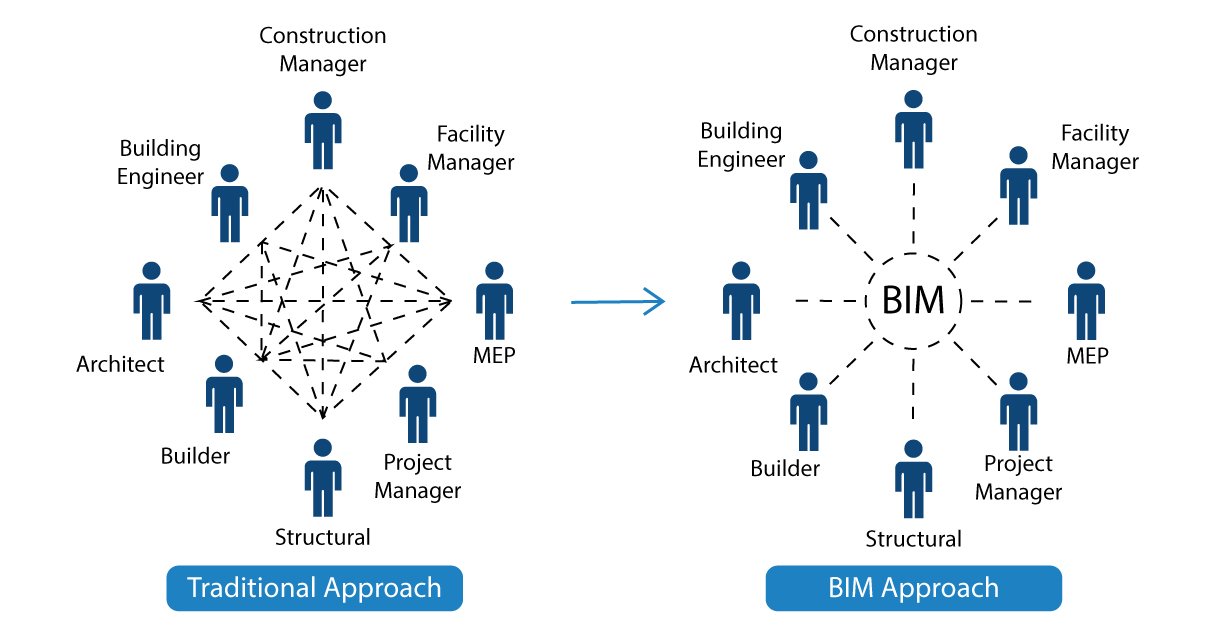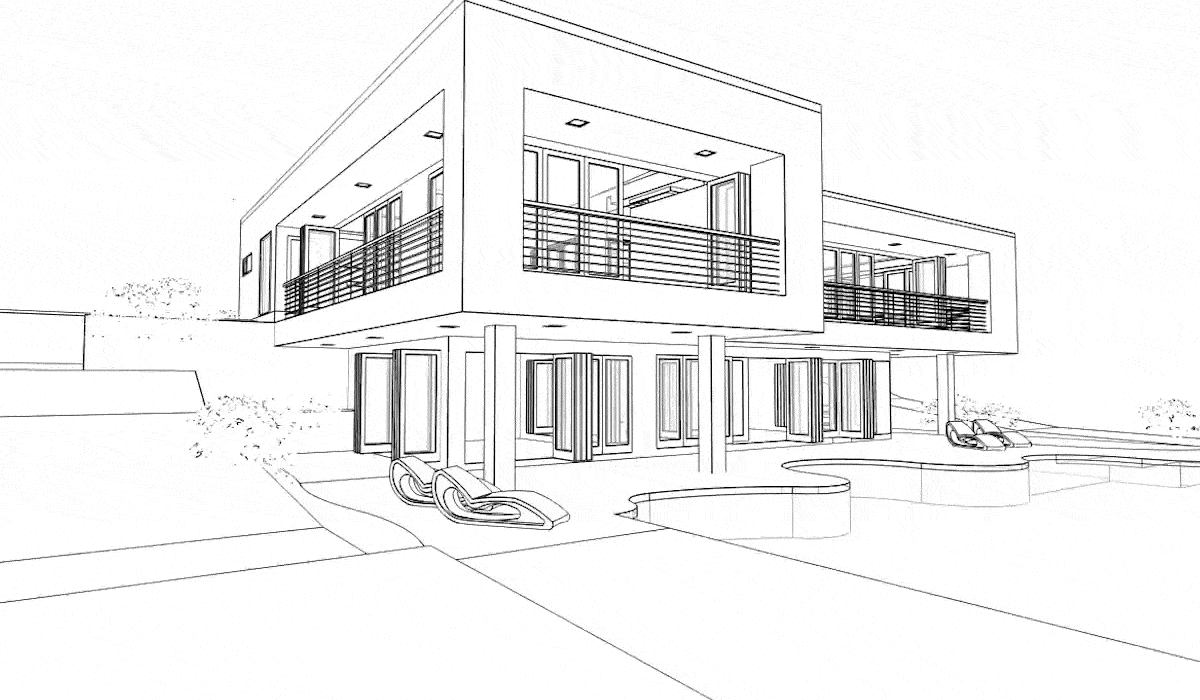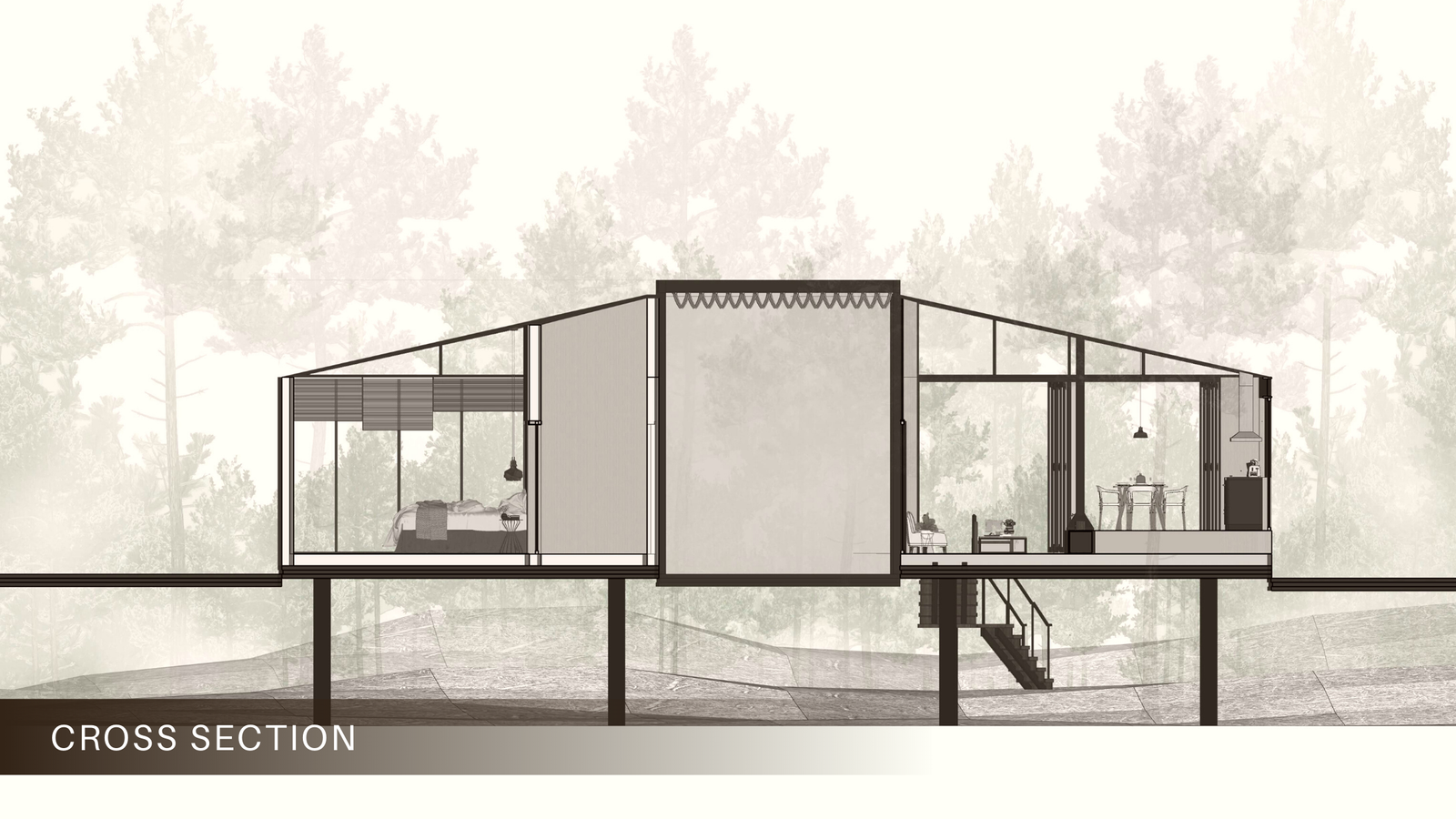Choosing the right CAD conversion service provider is crucial for businesses involved in mechanical engineering, architecture, and various other engineering design service. With the right partner, you can ensure that your CAD drawings are accurate, reliable, and delivered on time. In this guide, we’ll explore the essential factors to consider when selecting a CAD conversion service provider.
Understanding CAD Conversion Services
Before diving into the key considerations, it’s essential to understand what CAD drawing service entails. CAD conversion involves transforming paper-based drawings or other file formats into a digital CAD format. This process is vital for businesses looking to digitise their engineering designs, making them easier to store, edit, and share.
Key Considerations
1. Expertise and Experience
One of the key factors that an organization needs to consider when outsourcing CAD conversion services include the experience of the CAD conversion service provider. Reliable sources should be sought in the market for providers specializing in CAD drawing service. This research establishes that there is greater probability that highly experienced service providers are in a better position to comprehend various engineering design services and come up with correct solutions.
2. Range of Services Offered
A service provider should ideally be able to provide different services related to CAD such as CAD conversion, CAD drawing and all mechanical engineering service. By consolidating the different services in one company, this makes it easy for you to work with a single company providing those services to ensure that your designs are consistent.
3. Quality and Accuracy
The general quality and the extent of precision of the CAD drawings that have been converted is important. These inaccuracies result from differences between the paper drawings and the project and can be expensive in the further phases of your endeavors. Inquire about the providers’ quality control measures and ask them to submit the previous works they have done. Choose the providers that apply the latest software and utilize the experienced staff to obtain the highest quality of the final product.
4. Turnaround Time
Scheduling is one of the major factors that are usually put into consideration in engineering projects. So there is really a requirement for you to be specific with the turnaround time of your chosen CAD conversion service provider. Make sure they can deliver high quality work in the least possible time or within the time you set. Preliminary comparative discussion of the timing of your project’s work, selecting a provider that can at least meet the deadlines.
5. Cost-Effectiveness
Although quality should always be a top priority, one should also put into consideration a cost of CAD conversion services. Make sure you check the price in several brokers to make sure that the price given is reasonable. One should also avoid closely relating to providers who offer their services for much cheaper than the average price.
6. Data Security and Confidentiality
The engineering designs and drawings that you prepare are important tangible assets. Make sure that the quality of data security with the CAD conversion service provider is proper. To this the measures used are such as encrypted transfer, transfer of files with assurance that they will not be shared with any non-authorized personnel, and the use of non-disclosure agreements. This information should be well protected by any of the service providers you are selecting.
7. Customer Support
It is vital that there is proper customer support in any working relationship since it can sometimes be a deal breaker. Select CAD conversion service provider whose customer support is commendable as they should be in a position to promptly reply to the queries, give progress reports regarding the project as well as be in a position to work on any complication that may arise in the project.
8. Technology and Software
Since the role of the CAD conversion service provider is to convert the designs into an effective platform for manufacturing, then the technology and the software that they use in the conversion process significantly determines the quality of the final conversion. Request to know if the provider employs the most current CAD applications, and software system. This also enhances the quality of the conversions that are made although they also provide compatibility with your systems.
9. Customization and Flexibility
There are factors that are distinct to every project. A good CAD conversion service should be able to address your needs including issues of customization and flexibility. When it comes to such aspects as file format or any detail you would like to be included in the drawing, the provider should be willing to help.
10. References and Reviews
Last but not the least, verify the references of a provider, as well as read more on other clients’ accounts of the provider they hired. This can help provide a picture of the provider’s dependability, work quality, and communication with clients or consumers. The customers’ reviews and case studies can be found on the site or speak directly to the provider about the references.
Conclusion
Choosing the right CAD conversion service provider is a critical decision that can significantly impact the success of your engineering projects. At the same time, you can consider basic criteria like proficiency, the number and types of services offered, the quality and price, the speed of work, confidentiality, communication, use of advanced technologies, possibility of adaptation to the client’s needs, and recommendations.
Just keep in mind that an ideal provider apart from providing CAD drawings on your project will also minimise errors if any while at the same time being economically efficient in providing their services. Do not rush with the selection and make sure that you ask providers about necessary papers and can view some of their works. When it comes to engineering design, the choice of CAD conversion service provider determines the efficiency of the processes and results.







